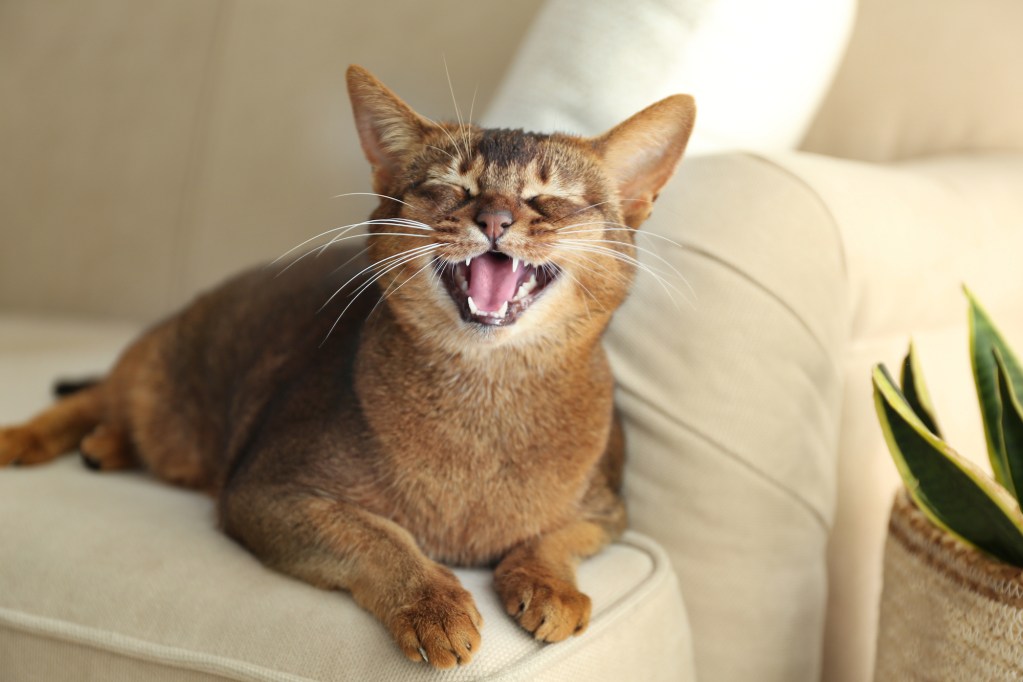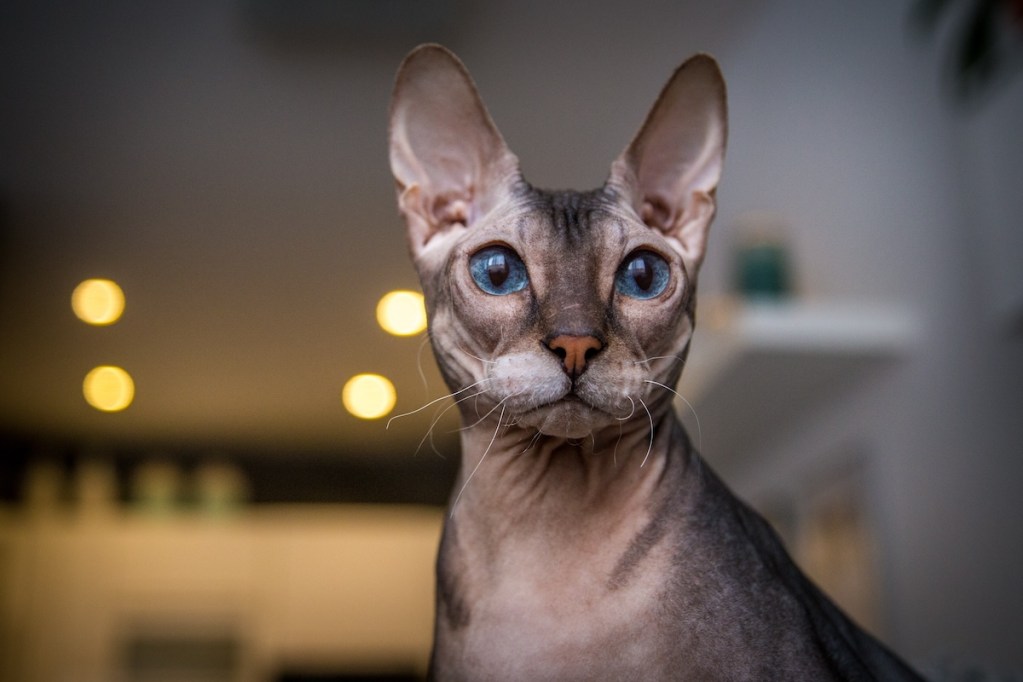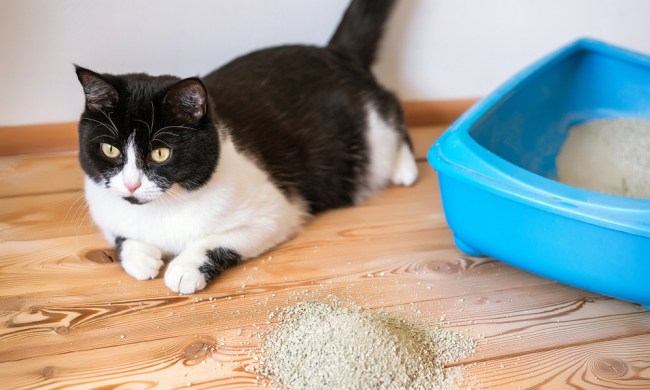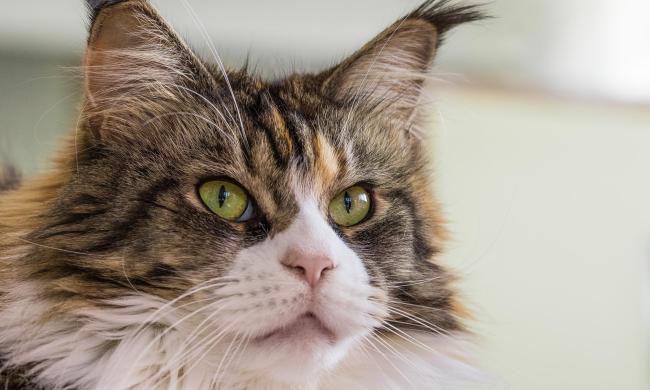Every pet cat is unique, showcasing their one-of-a-kind personality and adorable looks. While some cats may resemble each other, many fabulous felines have distinctive features that are hard to overlook — like cats with big ears. Even though their large ears may catch you off guard, it’s undeniable how cute these cats are.
Due to centuries of evolution and selective breeding, certain cat breeds naturally have larger ears than others. In addition to their impressive hearing abilities and big-eared appearance, these breeds are wonderfully diverse. There truly is a cat breed on this list for everyone.
Do big ears mean better hearing?

Cats with big ears are adorable, but they may also have an advantage in hearing. Because the outside of a cat’s ears, called the pinna, acts as a cone to funnel sound toward the eardrums, cats with larger ears may be able to pick up on a wider range of sounds. Remember — all cats have sensitive hearing regardless of ear size, so cats with smaller ears are not necessarily at a disadvantage.
Some cats with big ears still have large ears because of their close ties to wild cat ancestors. In the wild, having larger ears gave a cat a better chance at detecting and catching prey and avoiding predators, therefore increasing their chances of survival.
You could meet a cat from any breed that has abnormally large ears, but these 11 cats with big ears are known for this distinguishing feature. Take a look.
Abyssinian

The Abyssinian is one of the oldest cat breeds in the world, and although their origins are still a mystery, it’s thought they originated around Southeast Asia. Their sideways, outstretched ears give them an air of inquisitiveness, which matches well with their intelligent, playful, and attention-loving personalities.
Balinese

When fully grown, these small cats can weigh as little as 4 pounds, but their ears are among their biggest features. Balinese cats were bred to be long-haired versions of Siamese cats, but now their personalities and looks make them entirely unique. These sweet, affectionate felines are talkative and social, so they’ll use their large ears to listen to everything you say.
Bambino

“Bambino” may mean “baby” in Italian, but the bambino cat’s ears are anything but baby sized. This breed is a cross between a munchkin cat and a sphynx, so you’ll get the best of both worlds with short legs and a hairless body. They’re one of the most unique-looking breeds out there. Bambinos are also chatty and social cats, so their large ears are mostly used to keep up with family and listen to the goings-on around the house. These cats are wonderful with children and make excellent family cats.
Domestic cats with wild cat ancestors

The Chausie is one of the largest domestic cat breeds, though much of its ancestry is not domestic at all. This is just one breed that’s a cross between the large-eared Abyssinian and many larger wild cat breeds, which is why this breed retains traits from both sides. Since wild cats sport large ears to help them survive in the wild, Chausie cats and other hybrid domestic cats are also seen with big, conical ears. Despite their wild cat ancestry, these felines also form close bonds with their people and enjoy domestic life. However, these kitties need plenty of exercise and mental stimulation to remain fulfilled.
Cornish rex

This English cat breed is easy to spot due to its distinct characteristics: soft, wavy fur, large eyes, and even larger ears. These lean and agile cats are known for being clever, athletic, and eager to please. They can even learn tricks and practice obedience training like dogs! The Cornish rex’s high energy and social nature make it an excellent playmate and companion for owners of all ages and backgrounds. Just be sure to keep this feline busy, or you could be looking at a naughty cat.
Devon rex

Known as the “pixie cat,” Devon rexes charm everyone they meet with their long necks, large eyes, and distinct, triangular-shaped head. Their big ears are just another unique characteristic. Devon rex cats love to play and explore, so these felines often stay busy by climbing anything they can find. Despite their curious spirits, these cats are incredibly empathetic and gentle, which makes them excellent candidates for therapy cats and companions for children.
Donskoy

The Donskoy cat is a rare and new breed from Russia that resembles its sphynx cousin. These cats are hairless, with large eyes and ears, which makes them hard to miss. Donskoys may be picky about other cats they meet, but they often form close attachments with their people, even following them from room to room.
Oriental shorthair

These cats may look like Adam Driver, but they were actually bred to be like their Siamese cousins but in different colors. Although they may not look the same anymore, Oriental shorthairs retain the Siamese’s love for talking and family. Some believe that these cats have the largest ears compared to the size of their head, though this hasn’t officially been measured.
Savannah

The Savannah is the cross between a domestic cat and a serval, a wild cat breed from Africa. These domestic cats retain their ancestors’ large ears (great for hearing prey in the wild), muscular body, and dotted appearance, but their tall legs also make them excellent at running and hunting. Because of their ancient ancestry and hunting instincts, these cats are not fit for homes with other small pets.
Siamese

These unique cats and their stunning dual-colored coats are hard to miss, but they’re even harder not to hear. Siamese cats are famous for their chatty natures, especially around their favorite people, so it’s no surprise that their large ears catch anything and everything you say. Your Siamese may even hear you from across the house. Between their love for people and their playful natures, having a Siamese cat may be similar to having a dog.
Sphynx

Sphynx cats can be completely hairless or covered in a light layer of peach fuzz, but their large ears and inquisitive eyes may be just as recognizable as their coat (or lack thereof). This healthy cat breed isn’t predisposed to any major health concerns, and their active nature helps keep them limber and fit. Combine this with their loyal, affectionate personalities, and it’s easy to see why sphynx cats are so popular.
Which is your favorite cat breed with big ears? It’s almost impossible to decide. The good news is that each of these breeds has so many wonderful qualities that you can’t go wrong no matter what you choose.




